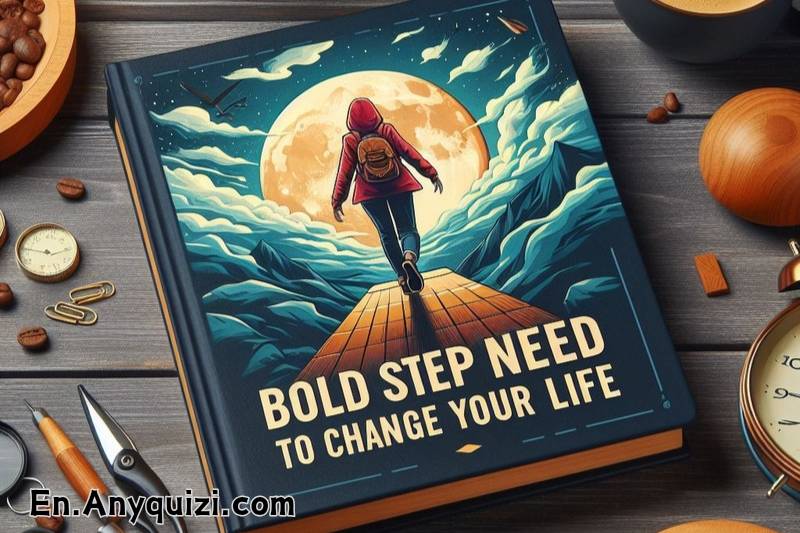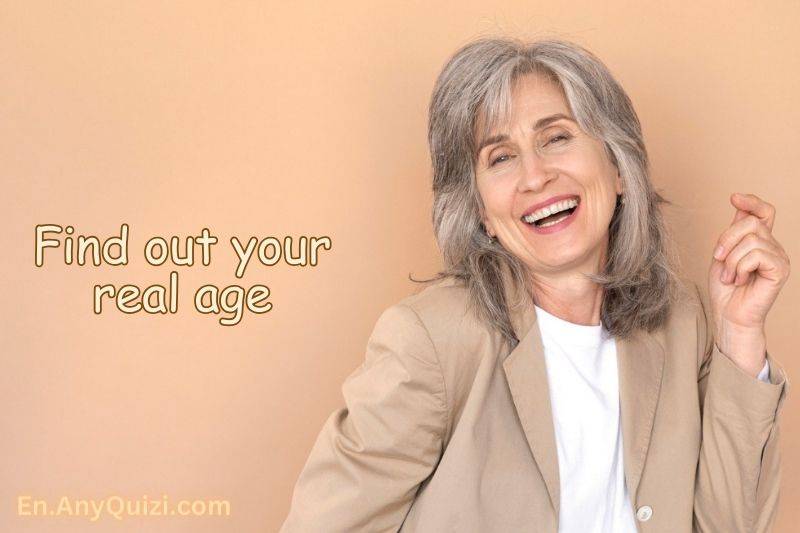Beyond Words
Allowing your body to reflect the story you are telling can enhance your storytelling. As you say the words, vividly imagine the place, time, and characters of the story and let your body speak too. In our daily lives, we speak with our bodies, faces, and gestures just as we speak with our voices. The meaning of what we say changes subtly based on how we stand, move, and gesture as we speak. We speak even in cases of complete silence. For example, how can you say the following sentences without words? “It's very hot” “I'm very cold” “Shh!!! Calm down » « Come here » « Come here quickly » « Get away, it's dangerous! “I'm running out of patience” “I'm tired” “What did you say? (I can't hear you) » When you tell a story, let your body do the talking. Try to make your body reflect - not illustrate - your words as you tell your story. If you imagine the story clearly in your mind as you tell it, your body, face and voice will automatically respond to your internal perceptions. According to experts, a large part of our communication is non-verbal. We respond daily to thousands of nonverbal signals and behaviors that include body posture, facial expressions, eye gaze, gestures, and tone of voice. From the way we shake hands to our hairstyles, nonverbal details reveal who we are and influence how we communicate with others.
From Book 44 Amazing











